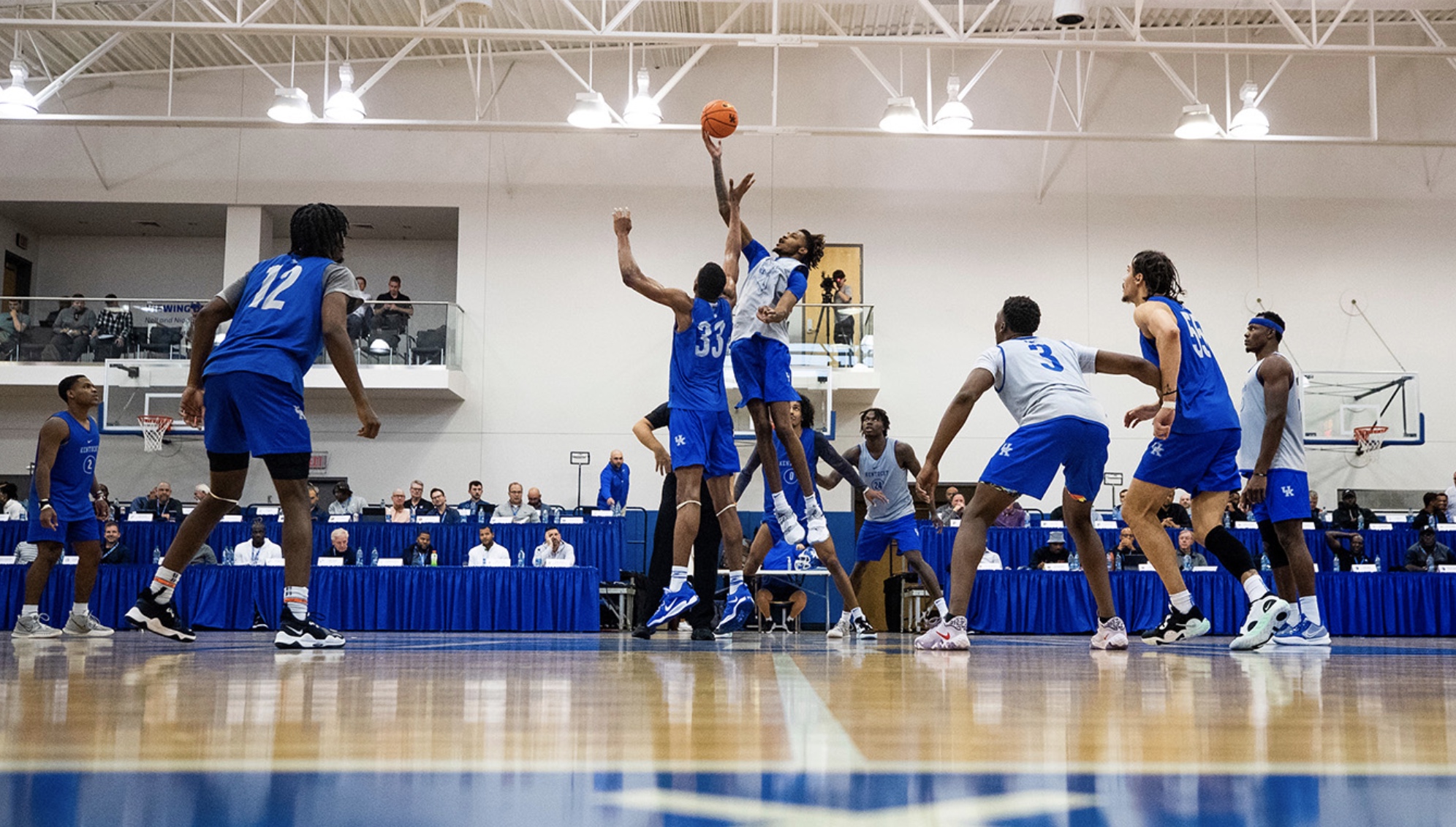

The way to get the maximum TB/day is to plot lots of plots in parallel. The folks who plot the most have shown that you should measure in TB (TiB if you’re old school like us) per day. Often you’re getting amazing speed because you’re using the turbo core of that multi core processor. Making the single fastest plot isn’t generally the best plotting strategy however. One k32 writes 1.8TiB in non-bitfield mode and 1.6 TiB with bitfield enabled. TBW, or terabytes written, is generally how SSD drive life is measured.
Cplot pro transfer Pc#
This PC World overview of storage technologies can explain these acronyms and the differences. NVMe is faster than SAS and SAS is faster than SATA.

We recommend used datacenter SSD if you really want to go fast and not sacrifice consumer SSDs making plots. One of the major bottlenecks is usually the total sustained write speed of the disk underneath your temporary directory. Phase 2 back-propagates through the hashes, phase 3 sorts and algorithmically compress these hashes in the temporary directory while starting to build the final file and phase 4 completes the file and moves it into your final plot destination. The first phase generates all of your proofs of space by creating seven tables of cryptographic hashes and saving them to your temporary directory. And no, the experts in the various Keybase channels don’t know your best settings either. Longer term we will be able query your machine and make some recommendations but that is not today. However almost every machine is different along one of these parameters so you just have to try. Everyone wants a magic “right” answer or to use AI to figure out the optimal plotting strategy for their machine. A k32 plot can be done by one expert we know in just under 4 hours, but most experts are creating plots in 5 hours and most folks average around 9-12 hours.Ĭreating a plot is a process that will take RAM, CPU cycles, IO to your disks and it will use them differently in each of the four phases of plotting. That means you will need 256.6 GB of temporary space and the final plot file will take 108.8 GB. One needs to be careful here as 239 gibibytes uses 1024 as its divisor where GB or gigabytes uses 1000 as the divisor. A single k32 plotting process never needs more than 239 GiB of space. A k32 will take up 101.3 GiB of space once completed but will need a total of 239 GiB of temporary space as it is being created. Those who do plot larger are either doing them to show off (and we encourage this for fun) or to optimally fill the open space on a specific drive. You really never need to plot a plot with a k size larger than 32. SSDs have very different wear lives and we have detailed information on SSD endurance. The only caution about that is that you want to limit the amount of plots you create that use your internal/consumer grade SSD as the temporary space. We initially recommend that you try plotting with what you have around. You can see some example farming rigs on our very useful repository wiki. The types of machines and storage space are very different than the types of hardware you ultimately want to use to farm. In this post we are going to focus on the process of creating your plots. There is creating the plots or plotting and then there is farming the plots. Chia Plotting Basics Gene Hoffman - February 22, 2021įirst it is important to know that there are two very different parts of being a Chia farmer.


 0 kommentar(er)
0 kommentar(er)
